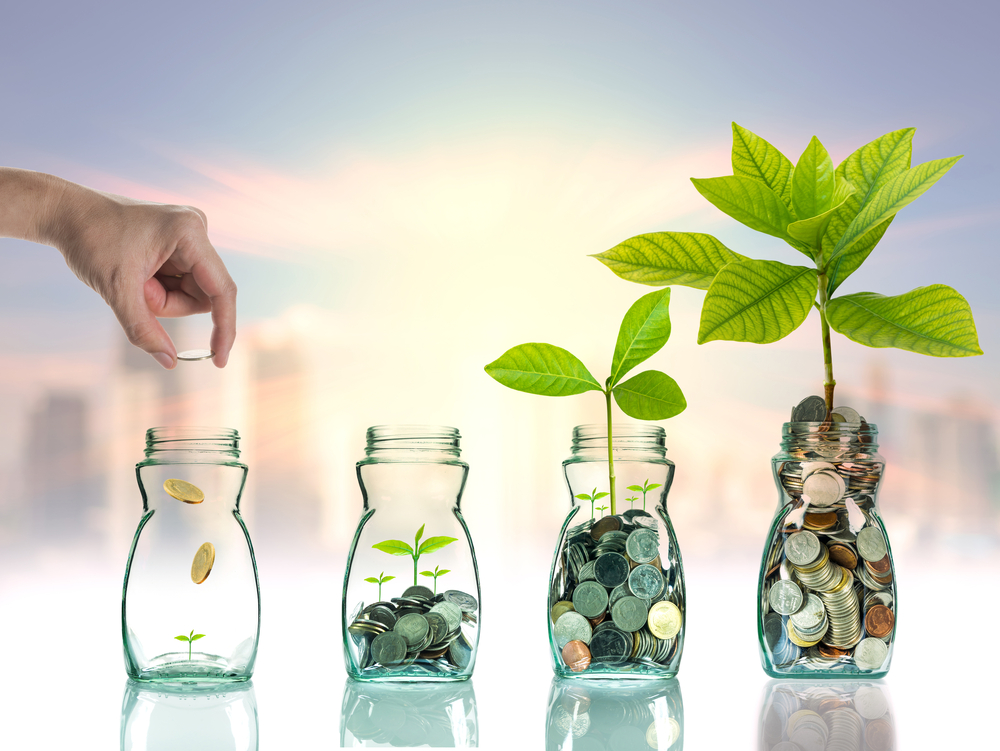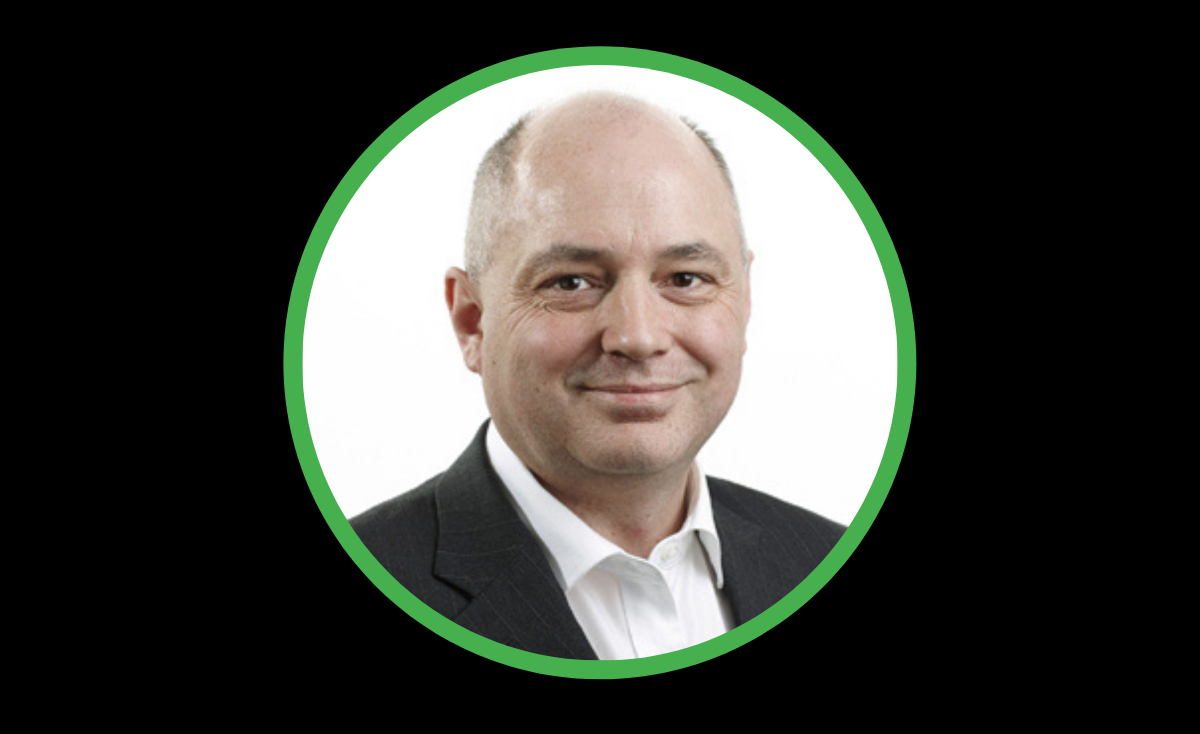World Bank view: Climate must be mainstreamed and integrated into all of our investments
Scott Cantor, Senior Financial Officer Capital Markets and Investments, Treasury, explains how the World Bank is thinking about climate holistically and embedding it in all areas of investment
Sara Benwell POSTED ON 1/18/2022 9:23:18 PM
 Shutterstock.com
Shutterstock.com
Climate is a major focus of the institution. We are the single largest provider of climate financing to developing countries and provide over two-thirds of all financing for adaptation and resilience from multilateral sources.
There has been increased severity in climate events, including droughts, floods, hurricanes, etc. These are increasing and we are being affected in our own backyards.
Where we come in as an institution is in supporting the most vulnerable populations. For example, 200 million people will be on the move by 2050 as a result of climate change unless we make the right investments to allow them to stay put.
130 million people are going to be pushed back into poverty because of climate change by 2030, which is where we come in with financing and investment.
We take the approach that we can’t do climate in just one corner of our work. Instead, it must be mainstreamed and integrated into all of our investments and across all points in time in the decision-making process.
“We can’t do climate in just one corner of our work”
Climate is certainly one of the biggest development challenges. It is impacting our ability to reach our development goals.
In terms of how we are taking this holistic approach, first is to say Covid has shined a spotlight on the need to build resilient societies that can withstand severe shocks.
When we are providing financing to our emerging economy country clients, we do it with what we call Green Resilient and Inclusive Development (GRID). This ensures that we are building back greener.
As we issue loans, we are doing it through a green, climate lens.
We have evolved from thinking about making investments with our clients on a project-by-project level to a whole economy approach.
We not only try to make our investments greener, but also help other countries to integrate climate action into their own investments and fiscal policy.
“Climate is certainly one of the biggest development challenges”
We updated our own Climate Change Action Plan this year, stepping up what we are committing to on climate. As an institution, have made the commitment to make our financing from 2023 aligned to the Paris Agreement in terms of adaptation and mitigation.
We are investing 35% of the capital across the entire World Bank Group for climate change related projects.
Within this, the World Bank has committed at least 50% of the dollars towards adaptation and resilience because these developing country clients are getting hit quite hard by frequent climate events.
We use four main tools to mainstream this response. The first is climate and disaster risk screening, which measures the climate vulnerability of a project over its lifetime.
The second tool is a greenhouse gas accounting, which measures emissions. One way to move the needle when it comes to greenhouse gas accounting is through the shadow price of carbon. This involves applying the price of carbon into the analysis, which can steer an investment decision towards lower carbon alternatives.
“We count the dollars. This means tracking across the entire management chain and pipeline development”
The last thing that we do, and which arguably is the most impactful, is tracking climate co-benefits. This is measured in terms of climate financing within our projects.
We count the dollars. This means tracking across the entire management chain and pipeline development by sending out teams to maximize the amount of climate financing, mitigation and adaptation, that is going into any given project.
These centralized teams are digging through all the projects and reaching out to all the different sectors at all the different stages.
They keep a very firm eye on the dollar amount and percentage of climate that is going into the project 100% of our projects are screened and 95% of them last year had some element of climate in them.
One-third of all of our lending last year was in the form of climate dollars.
“We are investing a lot of energy in food loss and waste”
In terms of our Climate Change Action Plan, we have identified the sectors where 90% of global emissions come from. We are having dialogues with our countries to tackle these sectors from a mitigation and resilience standpoint.
One example is we are investing a lot of energy in food loss and waste. This waste represents about 8% of all global emissions. If it were a country, it would represent the third largest emitter, behind China and the U.S.
Although this sector doesn’t come front and center when thinking about climate investments, it does represent a huge opportunity for us to make gains with our clients across an entire supply chain.
Health systems are another key area. There are countries that we lend to that never had malaria because of their climate or elevation.
As these countries experience the effects of climate change, new diseases are being introduced into their ecosystem. We are making loans so that these countries can adapt accordingly.
“Climate is fundamental and is integrated into all of our investments.”
Our development projects are supported by financing in the capital markets. We issued the first green bond in 2008 and continue to issue such securities. Starting in 2015, we began using a bond label describing our bonds as “sustainable development bonds”.
This means that it is a combination of green and social projects that are funded.
We issue most of our bonds in U.S. dollars and have a very strong investor base in the U.S. from states, counties, municipalities, as well as the private sector.
We issue in over 20 currencies in any given year, with Euros and British Pounds being the next largest.
To conclude, the UN’s 17 Sustainable Development Goals are often represented in two dimensions. We like to show this representation as a tiered cake, with climate (water and air) at the bottom of the cake.
Climate is fundamental and is integrated into all of our investments. We see a lot of investors and much of the ESG community coming to a similar point.
We are very encouraged about where we are and where we are going.
Please Sign In or Register to leave a Comment.
SUBSCRIBE
Get the recent popular stories straight into your inbox




